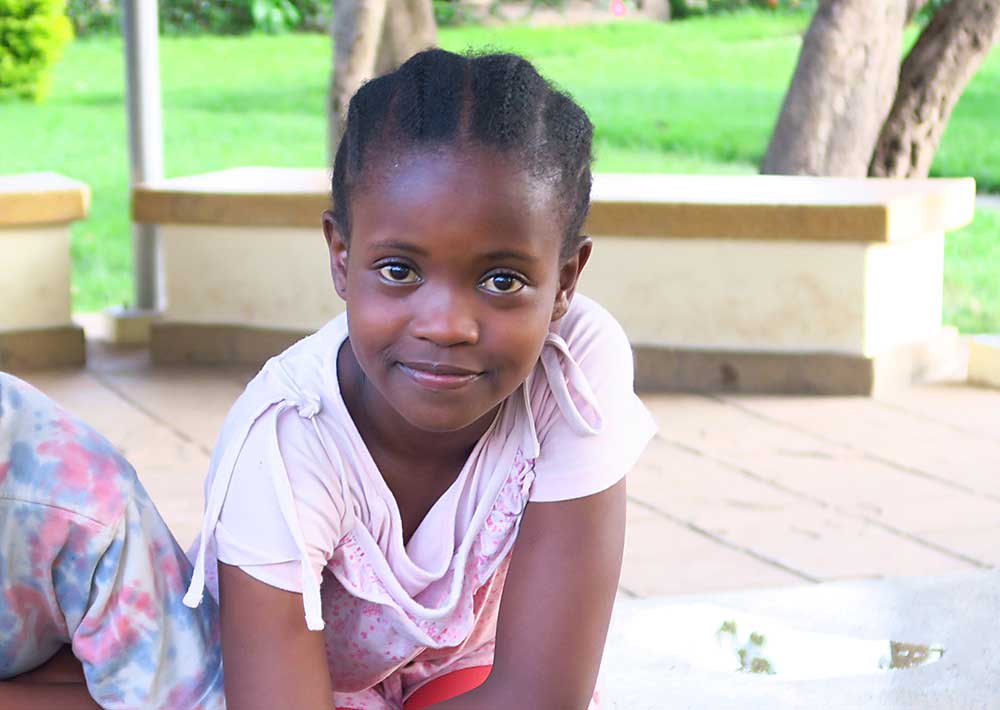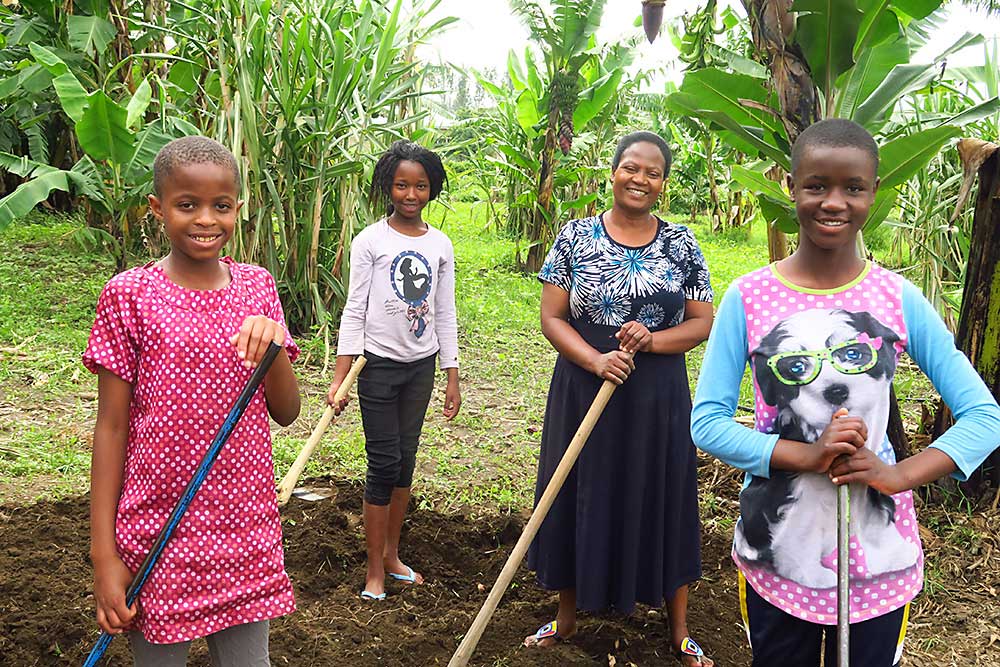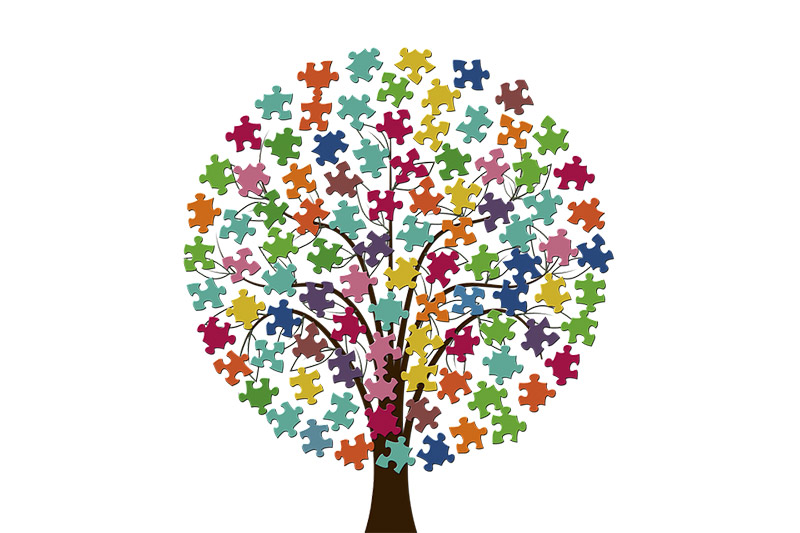Session 11/21
Page 3/4 Helping children understand their many backgrounds - Suggestions for activitiesHelping children understand their many backgrounds – suggestions for activities


A professional way of showing respect for the child’s parents is to talk to the child like this:
“I’m quite sure your parents have always WANTED to take good care of you. But sadly not all parents are ABLE to give their child the love they want to give regardless of how much they wish to do so. Even though they love you, you know your parents have many problems in their own lives (you may give some examples the child can recognize, such as “Your mother learned to drink when she was only a child herself, and now she simply can’t stop drinking no matter how hard she tries“). This is why they did something very responsible and decided to do a very difficult thing: To ask others to take good care of you! Perhaps they did not ask directly, but by showing their problems they were really asking for help to save you – only this was too hard for them to say directly. So your parents tried to do their best for you. Even when they are angry or jealous with us and want to have you back, we know this means that they love you, and it is difficult for them to let others give you care. Deep down they know this is too difficult for them, but they show you that they wish to give you care. We are not angry with them when they do this – we try to help them accept that they took the right decision asking us to care for you.”
To help the child understand its situation, this explanation offers an attitude free of conflicts between foster and biological parents:
“You know you are lucky – you have two mothers who wish to give you a good life, and you have two fathers who also wish to give you a good life. Your parents did a wonderful thing: They gave birth to you, and you were in your mother’s belly for nine months. When your parents were exhausted you came in our care. So in a way you have four parents who agreed to care for you. What one of us cannot do, the others can do. If we sometimes disagree, it is only because we all want to care for you the best we can.”
For this activity, you need scissors, tape, some large sheets of paper and pencils or crayons in different colours. You can use other materials if this suits the child better, such as pieces of bread, leaves from trees, or other materials you find useful. Each item will represent a person to whom the child is or has been attached.
The activity can be performed with children from ages 5-15. It may take an afternoon or two, and it can be repeated when the child is older and understands more about it’s situation. First, you ask the child (or help it) to draw “All the people who have ever cared for you” in different groups on the sheet. Each group should have its own colour, name or another kind of indicator. There may be grandparents, parents, siblings, caregivers in former placements, the midwife and doctor who helped at birth, the foster parents and their children, a dog or pet to which the child is attached, a neighbour, other foster children in the family, school mates, etc. Help the child create the number of groups it is able to overlook and take your time. For each group, select some of the following questions and ask the child to find one word as an answer.

Whatever the child answers, write a word or a symbol under the group in question.
- “What is the best memory you have about this (or these) persons?” (Write the word/symbol)
- “What is the best thing about this person?” (Beautiful hair/ voice, love, kindness, strength, etc.)
- “What is the best thing this person ever did with you?” (Give birth to you, remember your birthday, etc.)
- “What can make you laugh about this person – what is the funniest thing about him/ her?” (For example: The way he walks, crazy things they say, strange little habits, etc.)
- “What is the best thing you have received from this person?” (Courage, strength, endurance, good health, red hair, etc.)
D) COMPLETING THE PUZZLE OF “WHO AM I?”
Next, you take a new paper sheet and ask the child (or help it) to draw a large silhouette of itself which is so big that it fills the entire sheet. Ask the child to put its name or a symbol over the silhouette and say: “Now we are going to find out who you are! We are what others have been giving us along the way. We are like pick-up trucks that pick up all the good things people give to us. Finding out who you are is to find out what others have given to you, and it seems they gave you a whole lot of wonderful gifts! You have met many people in your life, so it’s quite a puzzle we are going to make now!”
If you use items like pieces of bread, stones, leaves, or other things, you can put a piece in the middle and say: “This is you and your pick-up truck. Now, let’s find all the good things people gave you and put them on the truck. Then we can see how good and strong you are! This piece is your grandmother who was so kind – let’s put her on the truck, and you become kind! This is the dog that loved you – let’s put the dog on your truck so you can feel love.” And so on. Do this with all the people that the child has mentioned.
If you use paper and pencil: Now take the sheet with groups and qualities and ask the child to clip out each group including the words/symbols for each group, and tape each “piece of the puzzle” on the silhouette of itself. The child should place the groups or persons on the silhouette of their body where they belong. For example, if someone loved it, the piece should be placed near the child’s heart. If someone was a good listener, place that piece on the ears, etc.
E) REFLECTING ON THE PROCESS OF IDENTITY DEVELOPMENT
For older children (approximately from age 10 and up) and youth, watching this video can be an activity you do together. You can then have dialogues about what Yusta tells in this video and how she has formed an independent identity based on her experiences with different caregivers in her life. In this process you can discuss with the young person how he or she reflects on the topics presented by Yusta: The different caregivers she had, the separations, how similar experiences affected your child in care, how this child tries to cope with this and form an independent opinion about itself and others.
F) HELP YOUR FOSTER CHILD CREATE ITS OWN STORY OF IDENTITY
After seeing and discussing this video together, you can encourage the child or young person to tell or write a story about all the people who gave it love, strength, the people who made it laugh, etc.
If you have a mobile phone or a camera you can make a similar video. This can be about the people the child has been attached to. The child can describe what it feels like to have different sources of origin.
This includes the process of coming to terms with having two families. Talk about all the positive and fun aspects of having so many experiences at such a young age.
Also, that all the different people it has met have given it something positive, and that these positive things are part of who it is today.
Including that you support the child or young person in creating a positive idea of him or herself. This process is constantly going on through the years in care.
